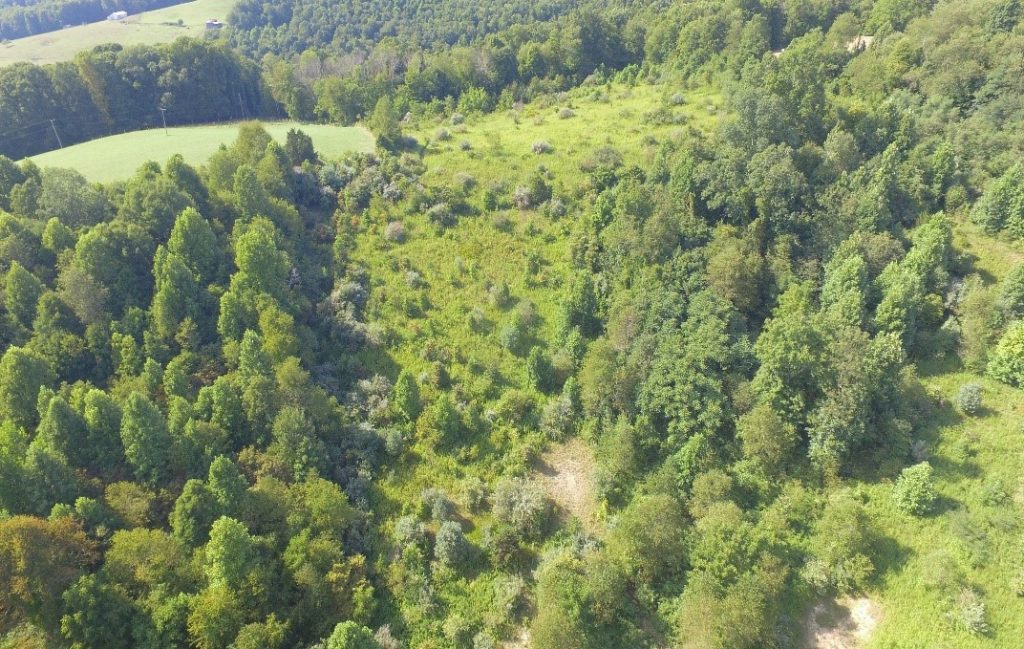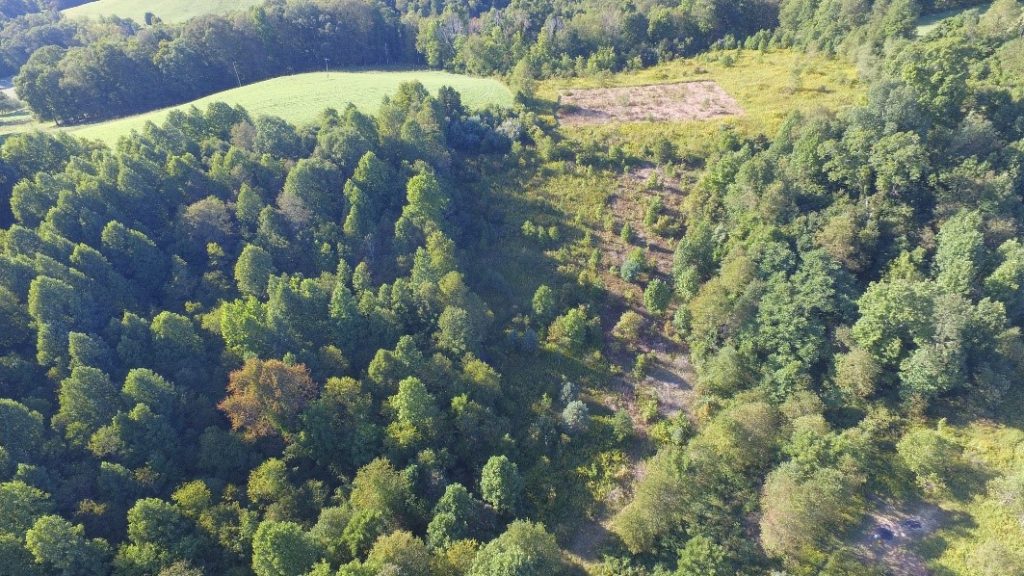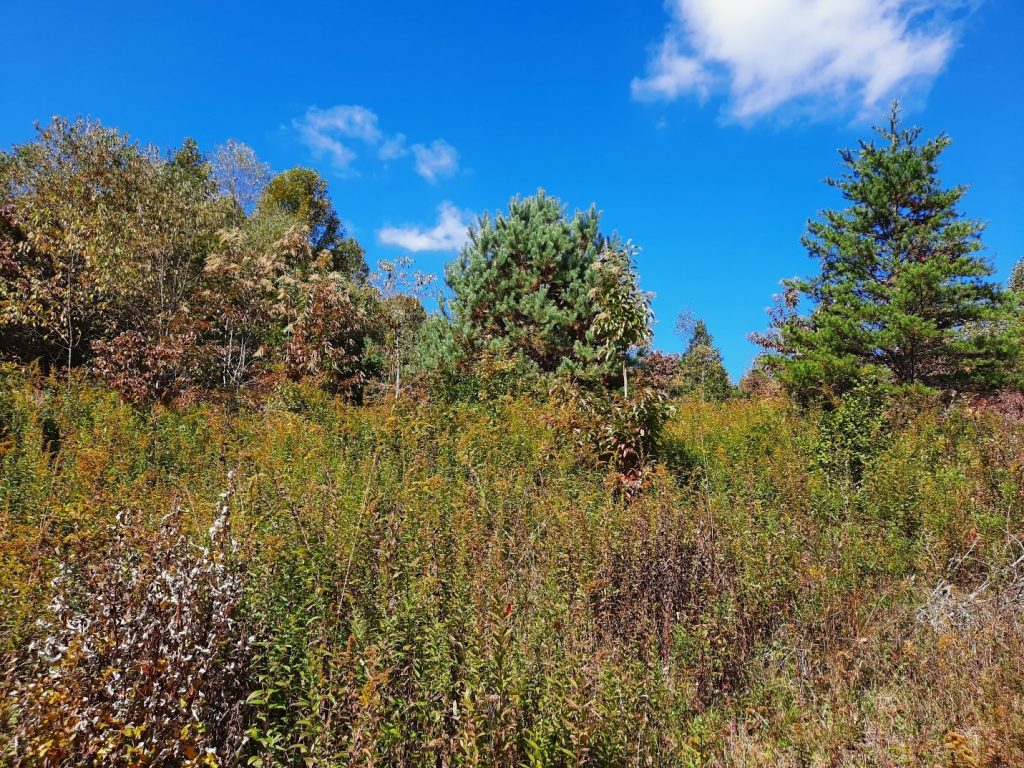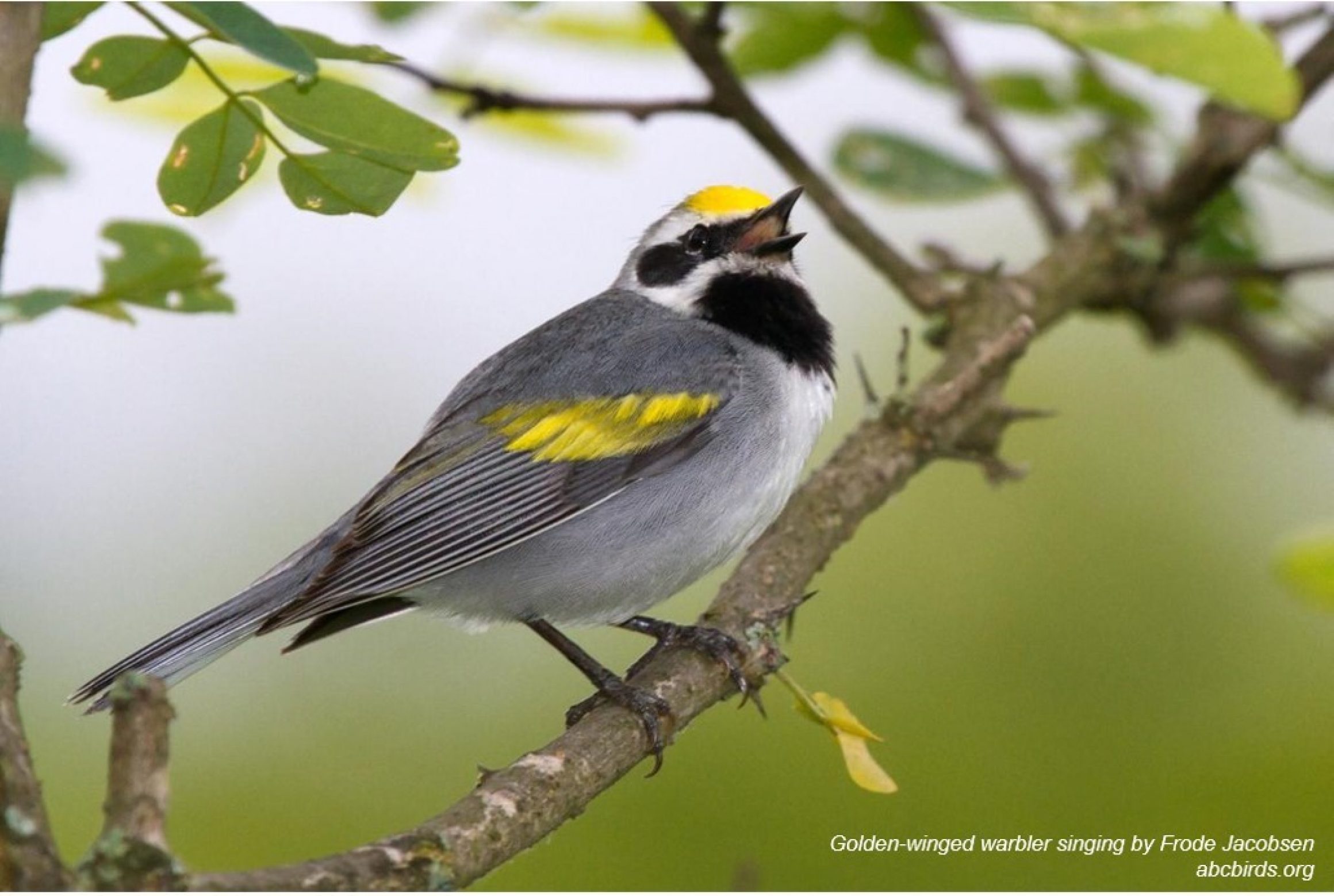To help the bird conservation community speak with a unified voice about common needs and themes, NABCI assembled the National Bird Conservation Priorities, which highlight 10 Priority Actions organized across 5 conservation themes. NABCI’s All-Bird Bulletin Blog will highlight projects and programs that work to achieve one or more of these Priority Actions. Today’s blog highlights an initiative that aligns with 3 Priority Actions: Leverage government dollars with private dollars to multiply conservation impacts through partnerships, including Migratory Bird Joint Ventures, the Regional Conservation Partnership Program, and new programs; Work with municipalities, corporations, and homeowners to support habitats for birds; and Develop awareness campaigns to empower local stakeholders to participate in invasive species prevention and management efforts at priority sites. Working Lands for Wildlife, an initiative under the Farm Bill’s Environmental Quality Incentives Program (EQIP), was launched in 2012 with the goals of improving forest health and productivity and promoting sustainable agriculture, all while creating habitat for declining wildlife. Through a partnership between the Natural Resources Conservation Service (NRCS) and US Fish and Wildlife Service, the Golden-winged Warbler was designated a target species of this initiative due to significant population decline and loss of breeding habitat. The partnership has four long-term goals: to stop the decline of Golden-winged Warbler populations within ten years, restore the population to 1980s levels within thirty years, double the regional population within forty years, and eliminate the risk of extirpation in the Central Appalachians. To help achieve these, a goal of creating 15,647 acres of habitat across seven states involved in the Golden-winged Warbler initiative by the end of 2021 was set. Working with private landowners to create habitat is the critical component for success. In West Virginia especially, approximately 88% of the state’s 12 million acres of forest are privately owned. West Virginia’s goal is to create 1,925 acres of habitat between 2017 and 2021. West Virginia has enrolled a total of 1,178 acres into the Golden-winged Warbler initiative since 2012. Strong partnerships between agencies have proven to be the key to translating private landowner engagement into successful contracts. Two joint positions were created to assist with the Golden-winged Warbler initiative. A NRCS/WV Division of Natural Resources partner biologist position was created to provide landowners with technical assistance. An outreach forester, a joint position between the WV Division of Forestry, American Bird Conservancy, and National Wild Turkey Federation, was hired in 2019 to further outreach efforts in the Greenbrier Valley. These collaborative efforts result in a greater number of successful contracts in West Virginia. Barbara Harris is one such success story. She and her family were advised to apply for wildlife management programs after NRCS District Conservationist Jared Nestor visited their property. Although they initially wanted recommendations for their pond, Nestor mentioned they could register their farm with the Farm Service Agency and then apply to EQIP to help them develop a management plan for their property. The Harrises were especially interested in a wildlife management plan that would help them control invasive plants and create valuable habitat for native plants and wildlife. “We were trying to figure out what to do with this overgrown mess,” Harris said about the state of the property when her family first purchased it. “The hay fields had at least fifteen years of nothing being done and we know about invasives; we hate autumn olive and it was all over the place.” Nestor recommended the Cerulean Warbler Appalachian Forestland Enhancement Project and had Kyle Aldinger, NRCS Resource Conservationist, visit their property. Kyle immediately knew that although they did not have enough mature forest for nesting Cerulean Warblers, their property would be ideal for the Golden-winged Warbler initiative. “So we went and applied for the Golden-winged Warbler program. That’s when everybody came out and looked at our property to see what we could do or not do. Tiffany [Tiffany Beachy, Golden-winged Warbler Partner Biologist] came up with a written plan for the property, which we liked. So that’s how we ended up with it, because of a pond evaluation!” Part of the Harrises property is pictured in this drone photo from August 2019, before any management began. Photo courtesy of Lee Harris at Eagle Eye Aerial Views. The same section of property in September 2020 after brush management had begun. Photo courtesy of Lee Harris at Eagle Eye Aerial Views. The Harrises are currently managing 10 acres and implementing a variety of practices to create young forest habitat for Golden-winged Warblers. These practices include select thinning (using girdling), brush management, rotational mowing, tree and shrub planting, wildflower planting, and hinge-cut living brush piles. The Harrises began rotational mowing and removing invasive species on this section last year. This year, goldenrod (Solidago spp.) and other native plants are growing back in place of invasive plants. Photo courtesy of Tiffany Beachy. When asked what she wanted readers to know about the Golden-winged Warbler initiative, Harris said, “Check it out! It is a commitment, it is a lot of work, but if you’re interested in something like this it is well worth it.”



